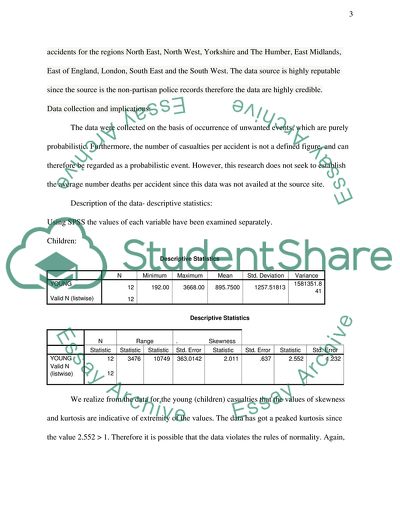Cite this document
(Statistical Analysis of Geographical Data Case Study Example | Topics and Well Written Essays - 1500 words, n.d.)
Statistical Analysis of Geographical Data Case Study Example | Topics and Well Written Essays - 1500 words. https://studentshare.org/statistics/1795788-data-analysis-geography
Statistical Analysis of Geographical Data Case Study Example | Topics and Well Written Essays - 1500 words. https://studentshare.org/statistics/1795788-data-analysis-geography
(Statistical Analysis of Geographical Data Case Study Example | Topics and Well Written Essays - 1500 Words)
Statistical Analysis of Geographical Data Case Study Example | Topics and Well Written Essays - 1500 Words. https://studentshare.org/statistics/1795788-data-analysis-geography.
Statistical Analysis of Geographical Data Case Study Example | Topics and Well Written Essays - 1500 Words. https://studentshare.org/statistics/1795788-data-analysis-geography.
“Statistical Analysis of Geographical Data Case Study Example | Topics and Well Written Essays - 1500 Words”. https://studentshare.org/statistics/1795788-data-analysis-geography.


